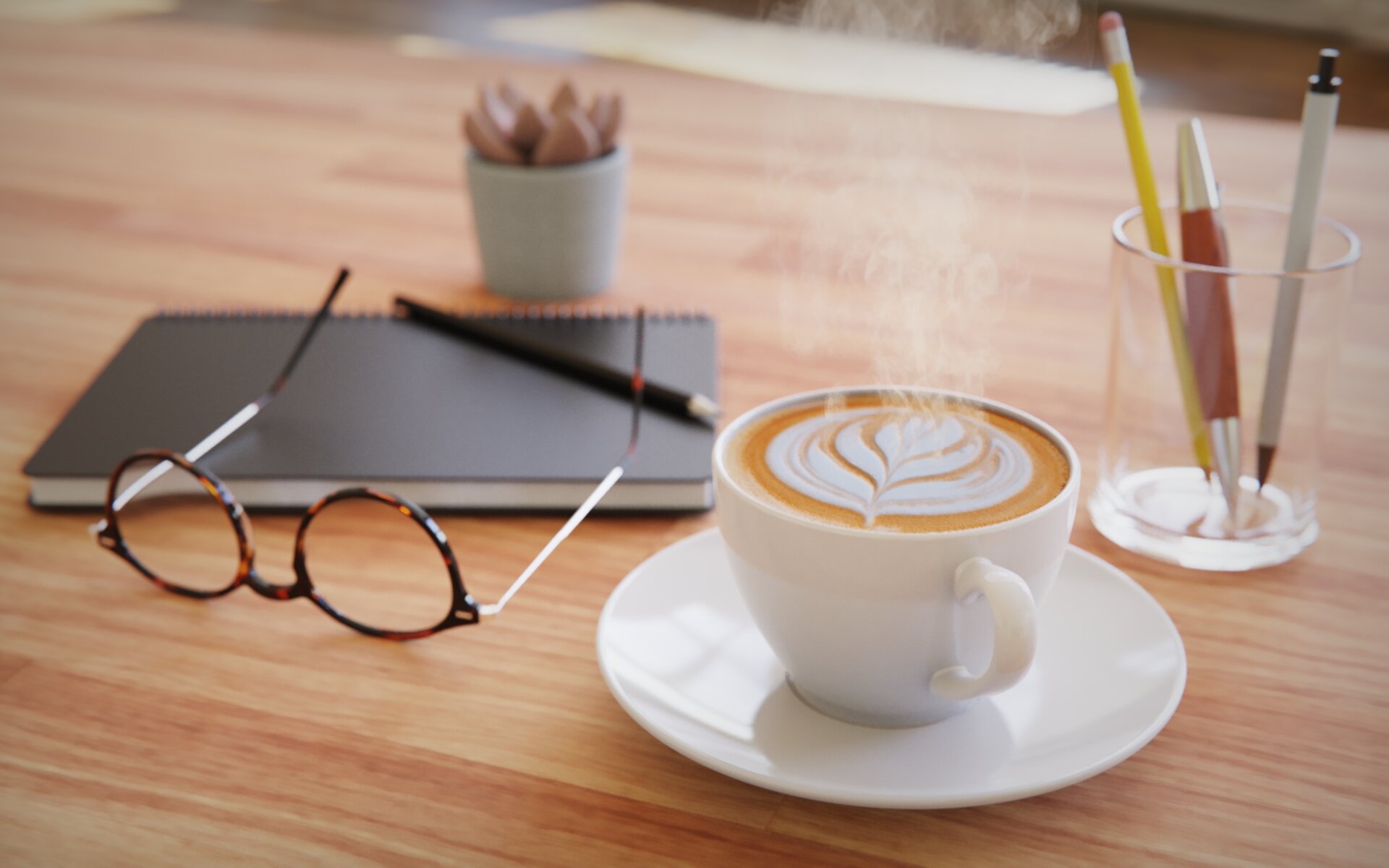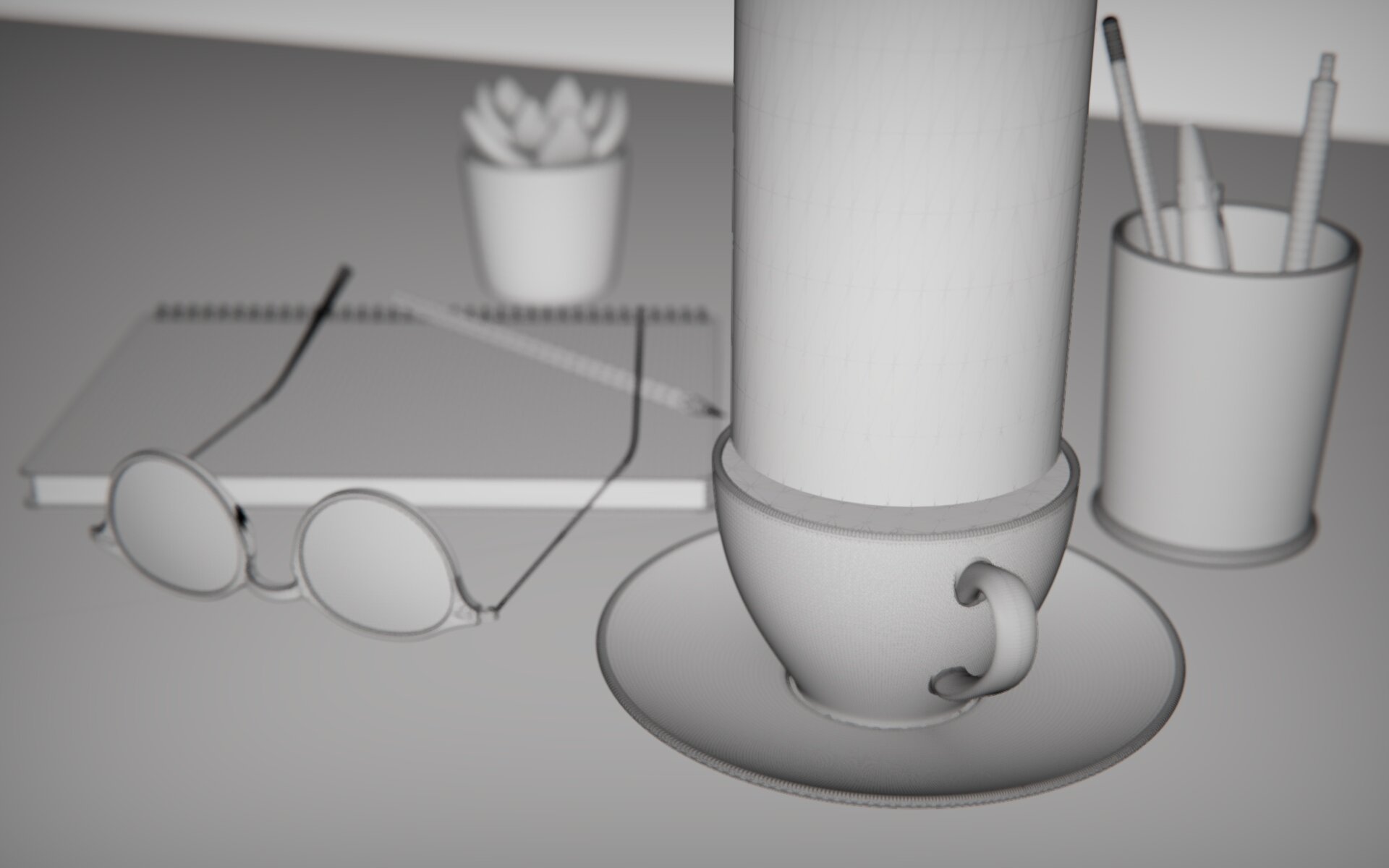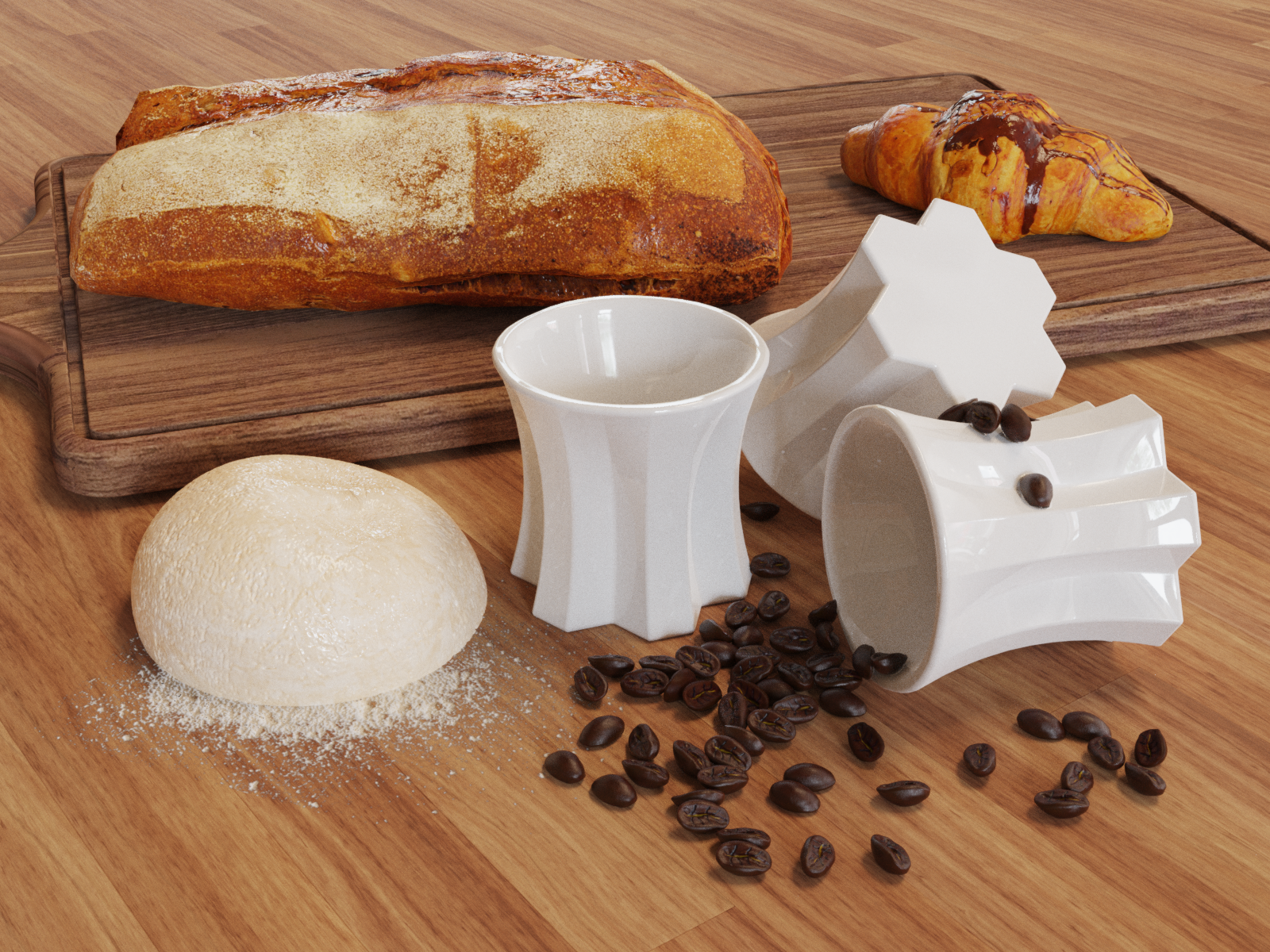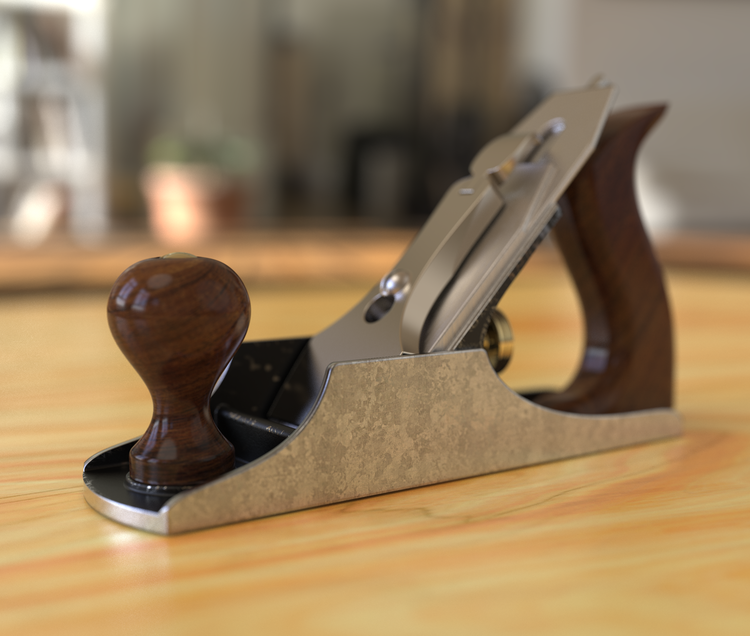Product Visualization
Rendering for Product Visualization
One of my favorite aspects of being a product designer was turning CAD models into photorealistic renders to iterate on ideas or present concepts to clients. Usually these would be quick renders for quick iterations but as I developed proficiency in these tools, I wanted to push the boundaries of realism and capture subtle imperfections like scratches, dust, and fingerprints in my renders. I learned how to create photorealistic materials in software like Luxion Keyshot and Adobe Substance Designer.
I then took my modeling beyond CAD and started to use mesh modeling software like Blender and Cinema 4D to take my renders further by simulation deformations, particles, and forces.
I am constantly seeking ways to expand my rendering capabilities with training and professional development such as Will Gibbons’ Keyshot Training seminars at the International Design Conference in Chicago in 2019 and attending conferences like SIGGRAPH in 2019, 2022, and 2023.
3D Journey
In 2019, I had the opportunity to fly out to Los Angeles to attend SIGGRAPH, a conference showcasing the latest in computer graphics and interactive technologies. I was able to see how industry leaders used CG to enhance movies, video games, and animation, but also saw how it was accelerated product design with extremely fast design iteration, seamless use of digital doubles for manufacturing and marketing materials, and how AR and VR experiences would blur the lines between the digital and physical.
I was inspired to learn how I could push the boundaries of 3D modeling beyond typical CAD programs that typically depict fairly simple geometric forms that can be manufactured. I ultimately decided to learn mesh-based modeling programs like Modo and Blender, which can more accurately depict organic objects like plants and animals, or irregular objects like cloth and clothing.
My desire is to leverage simulation and animation capabilities to be able to depict not just static 3D objects, but to be able to show how they may deform or change over time. These are some images and videos that share some of my progress as I learn new tutorials and techniques.
Towel cloth and particle simulation made in Blender
Rendered digital double of my apartment bathroom
ANIMATION & Simulation
One area of interest is not only creating photorealistic renders of static objects, but showing objects interact with other objects and environments using physics. Here are some explorations made using Blender and SideFX Houdini:









